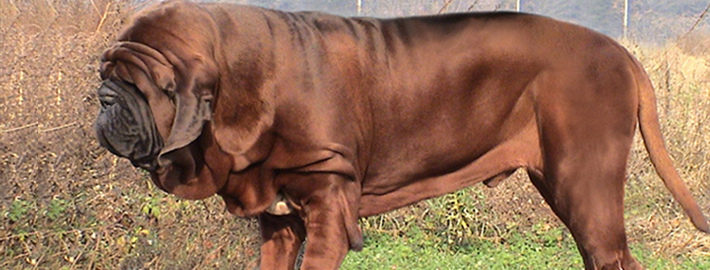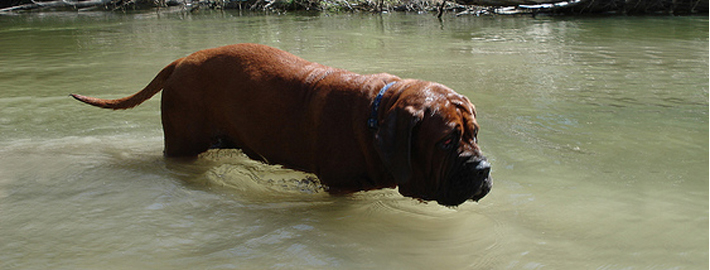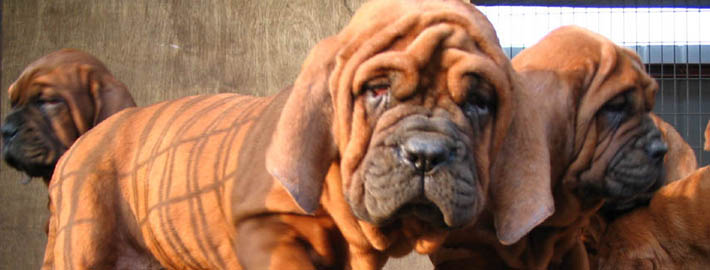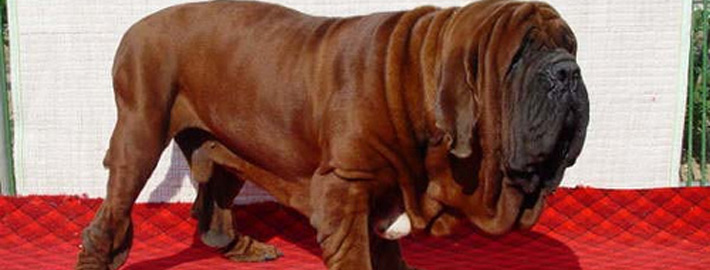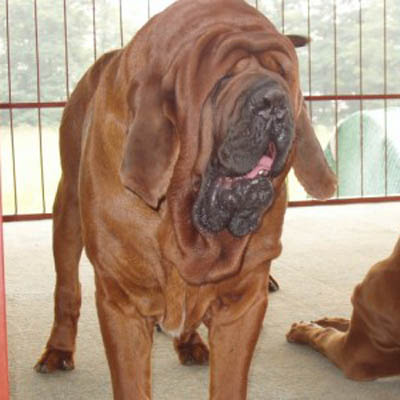What makes the Korean Mastiff Unique?
The Korean Dosa Mastiff is also known as the Mee Kyun Dosa and is one of the biggest dogs in Korea. It is primarily bred as a show dog and pet. Despite its fearsome and intimidating appearance, the Korean Dosa Mastiff is in fact a very sweet natured and gentle dog breed. A dignified, noble and loving dog, the Korean Dosa Mastiff forms an strong bond with its master and family and likes to be a huge lap dog. The dog is very affectionate, gentle and kind to children, gets along well with other dogs and pets in the family but reserved around strangers.
Breed Groups
Page Contents
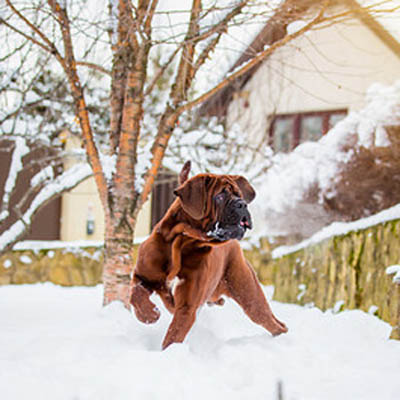
SnapShot
| Size: | Males – 64 to 76 cm (25.5 to 30 inches) Females – 59 to 68 cm (23.5 to 27 inches) |
| Weight: | Males – 72 to 84 kg (160 to 185 pounds) Females – 65 to 74 kg (145 to 165 pounds) |
| Origin: | South Korea |
| Life Span: | 7 – 12 Years |
| Colour: | Black, Dark Brown / Chocolate, Light Brown / Golden |
| Litter Size: | (to be updated) |
Is the Korean Mastiff Right For You?
Korean Dosa Mastiff has an easy temperament and makes good pets. They do well in cities and in country homes. These dogs are rarely seen outside Korea but that is changing. Like most big dogs, they need to be trained to recognize the leader in the house. This breed also tends to be lazy so exercise is quite important.
In 5 Words
- Dignified
- Intelligent
- Loyal
- Gentle
- Loving
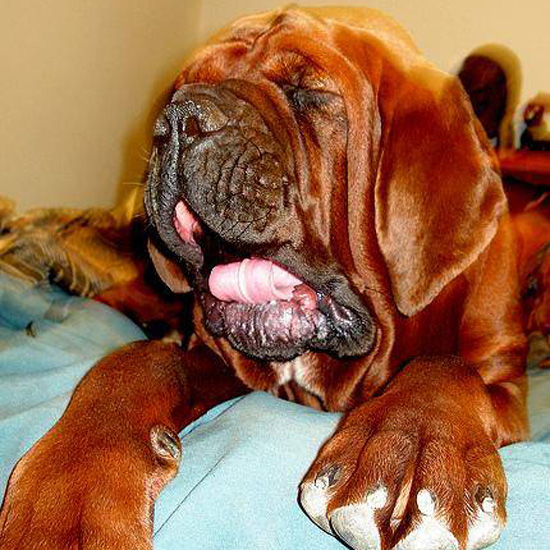
Characteristics
Learn About the Korean Mastiff
Description
General Description
The Korean Dosa Mastiff’s coat is short, silky and shiny. Colors include chocolate, mahogany and red. A white patch on the chest is permissible.
Size
This large and massive dog stands between 23 to 30 inches and weighs between 145-185 lbs. It has a typical mastiff appearance with large head and heavily wrinkled body. Wide muzzle is square shaped and leads to a broad black nose. Broad ears are soft to touch and hang close to the head. Eyes are medium in size, set wide apart and are dark in colour. It has a rectangular shaped body.
Coat
The coat is smooth, short and silky to touch. This breed comes in many colors but the red, brown and orange are usually preferred. These dogs sometimes have a white patch on the chest.
Short History of the Korean Mastiff
This breed should not be confused with the Japanese Tosa, even though they are related. Unlike its Japanese cousin, the Mee-Kyun Dosa is not a fighter at all and is bred primarily as a companion pet and local Show dog. There is also the fighting Too-Kyun Dosa variety, which is considered by some to be nothing more than a Korean/Taiwanese strain of the Japanese Tosa breed. The Mee-Kyun Dosa was supposedly developed in the late 1800’s from a variety of imported European and Asian working breeds, but some suspect that it was actually established as a recognizable type by crossing the Japanese Tosa-Inu with the Neapolitan Mastiff and the Dogue de Bordeaux over the last 50 years. However, the breed has initially most likely been created from the same stock of dogs as the Tosa Inu of Japan, with reportedly a fair amount of Saint Bernard and English Mastiff blood being added in the 2nd half of the 20th century. Regardless of its true ancestry, the present-day “Beauty” Dosa was established through generations of inbreeding and selection based on appearance, coat colour and temperament.
Temperament
Despite its fearsome and intimidating appearance, the Korean Dosa Mastiff is in fact a very sweet natured and gentle dog breed. A dignified, noble and loving dog, the Korean Dosa Mastiff forms an strong bond with its master and family and likes to be a huge lap dog. The dog is very affectionate, gentle and kind to children, gets along well with other dogs and pets in the family but reserved around strangers. Its tendency to lean on its favorite people makes it unsuitable around small children without supervision as it may step on or inadvertently knock them over due to its huge size. It is a rather indolent dog that will fit into an apartment life due to low activity levels. This dog is seldom seen galloping; instead walking and trotting are the dog’s most usual gait. This huge dog is a natural deterrent to intruders with its fearsome appearance but to its family, it is a real gentle giant that will endear every one with its cool and calm temperament.
Caring for Your Korean Mastiff
Grooming & Bathing
Short and smooth coat has low grooming needs and once a week brushing will keep the coat clean. Folds of skin should be regularly cleaned. Bathing once a month should be enough to keep this dog clean. Puppies grow at a fast rate but their bone structure is not yet fully developed so they should be not be subjected to strenuous exercises. This lazy dog should be taken for daily walk. Small children should be supervised when the dog is interacting with them due to its huge size and tendency to “lovingly lean” on them.
Exercise & Training
It is a smart dog that is very obedient. It is leery of strangers but does not usually bark. This rather sluggish and lazy dog may not demand exercise but the owner should take it for daily walks. It has moderate levels of energy and daily walking will be sufficient to fulfill its exercise needs. The Korean Dosa Mastiff can be a very good walking or strolling companion.

